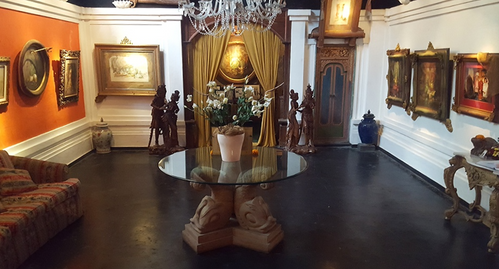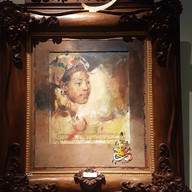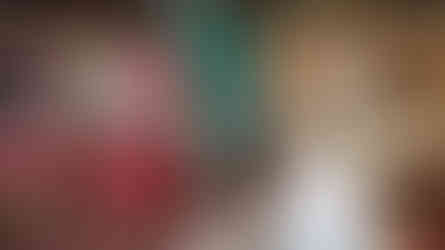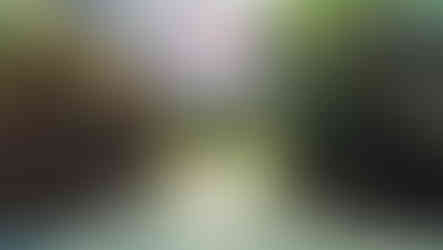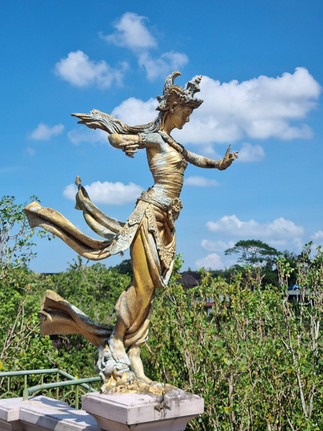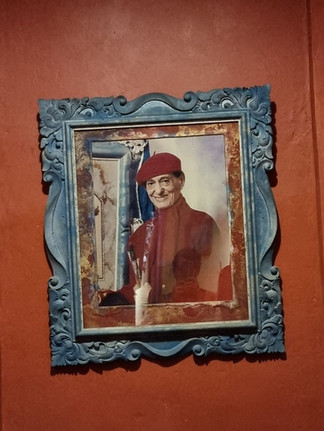The Blanco Renaissance Museum
- Shannon
- Sep 12
- 3 min read
The Dali of Bali
Perched on a ridge above Ubud’s sacred Campuhan River lies one of Bali’s most curious artistic enclaves, the Blanco Renaissance Museum, once the home and studio of the flamboyant artist Don Antonio Blanco. Often called the “Dali of Bali,” Blanco's vibrant persona and sensual art helped solidify his reputation as one of the island's most celebrated foreign creatives. The estate is not just a museum but a living, breathing tribute to the man, his passions and the muse-filled life he led. Here, expressionist canvases, dramatic architectural flourishes and lush natural surroundings blur the line between art and reality.

Antonio Blanco was born in Manila in 1911 to Spanish parents and from a young age, he was deeply influenced by the visual arts. He studied in New York and travelled widely through Europe and Asia, before arriving in Bali in 1952. It was here that he found his spiritual and creative home. Enchanted by Balinese culture, rituals and tropical landscapes, Blanco was particularly captivated by the mystique and grace of Balinese women, an obsession that would define much of his life’s work.

His arrival in Ubud was met with great enthusiasm by the local royalty. In a rare gesture of respect, the last King of Ubud granted Blanco a parcel of land on which he built his artistic sanctuary. With the help of his Balinese wife and lifelong muse, Ni Ronji, herself a celebrated traditional dancer, he developed a studio-home that married elements of Spanish flamboyance with Balinese spiritual serenity. Together, they raised a family steeped in creativity and cultural fusion.
Blanco’s art, unapologetically sensual and poetic, primarily explored the female form with dramatic flair. Over the decades, he became known for his erotic expressionism and the lyrical quality of his illustrated poems. His distinctive style earned him international acclaim, with collectors from across the globe seeking out his evocative, often provocative pieces. Among his admirers were celebrities such as Ingrid Bergman, Michael Jackson and Indonesian President Sukarno, all of whom contributed to his growing legend.

Blanco passed away in 1999 at the ripe old age of 87, just before the inauguration of the museum he had long envisioned. His funeral was a grand Balinese cremation ceremony, attended by dignitaries, friends and fans from around the globe. He left behind not just a body of work but an immersive world. His final painting still rests unfinished on a sunken easel in his studio, a silent witness to the moment the brush was laid down for the last time.
Today, the Blanco Renaissance Museum is managed by his son, Mario Blanco, who has carried on his father’s artistic legacy. Mario has become an accomplished painter in his own right, expanding the museum while preserving its original spirit. Visitors can walk through galleries that showcase over 300 of Antonio Blanco’s works, displayed chronologically to reveal the evolution of his creative voice. The museum serves as both a cultural landmark and a deeply personal homage to a larger than life figure.
Beyond the artworks, the museum complex is an architectural and botanical delight. A fusion of Balinese temple aesthetics and Mediterranean design, the property includes Blanco’s private residence, a restaurant, a working studio and a small Hindu pagoda. Its tropical gardens are home to rare exotic birds and framed by banyan trees and rice paddies. It is a space where art, nature and spiritual reverence coalesce, a reflection of Blanco’s own view of the world, forever preserved on the canvas of Bali.
🗺️ Location
Jalan Raya Campuhan, Ubud Village, Gianyar Regency, Bali, Indonesia
🚆 How to get there
Entry to the Blanco Museum is located just over the Campuhan Bridge, beside the Bridges Bali Restaurant. It takes approximately 20 minutes to walk there from Ubud Palace. A Grab or GoJek scooter will cost around 25,000 IDR.
⭐ Attraction Info
The Blanco Renaissance Museum is open to visitors daily between 9am - 5pm, including Sunday and public holidays. Admission costs 100,000 IDR per person (which includes a cool drink). There is a restaurant, art shop, toilet and lounge onsite. Taking photographs of the artworks is technically prohibited (and not really enforced) but books and prints are available to buy in the on-site gift shop.
🔗Official Website

Thanks for reading about The Blanco Renaissance Museum. Check out more awesome destinations here!






